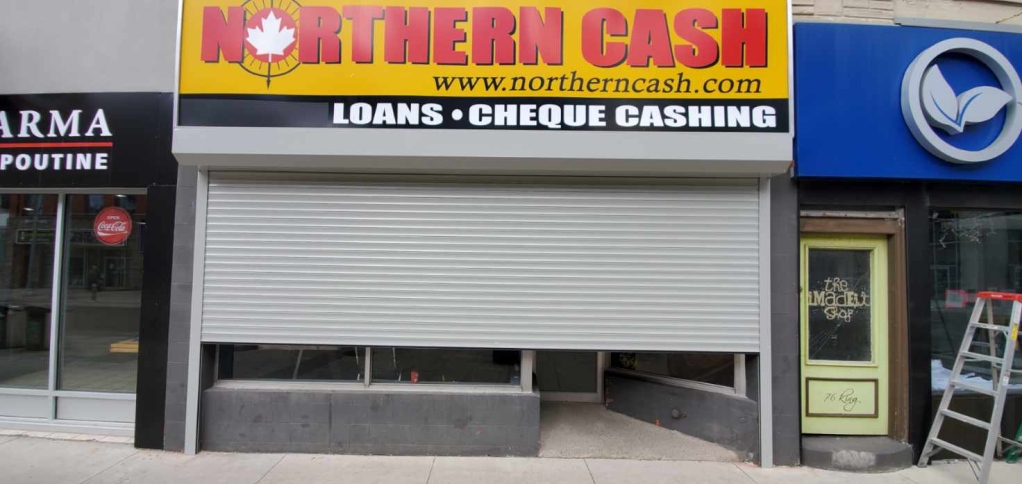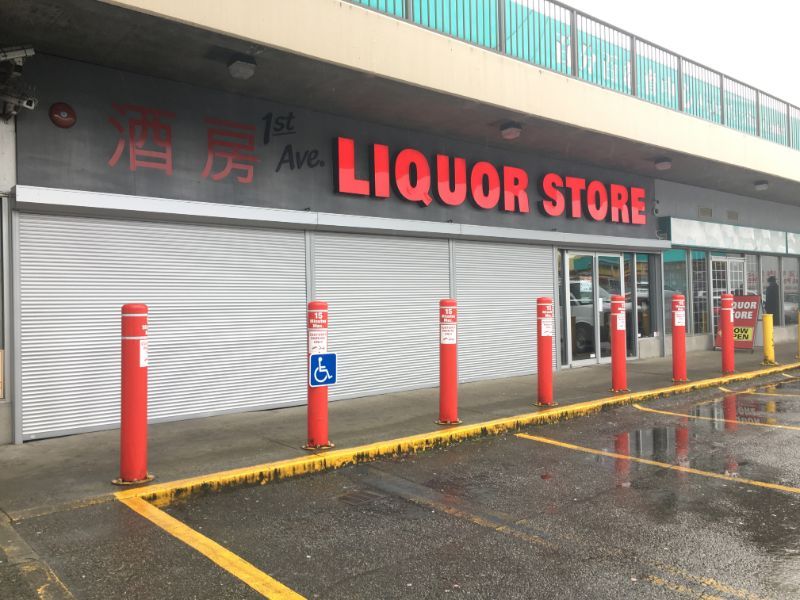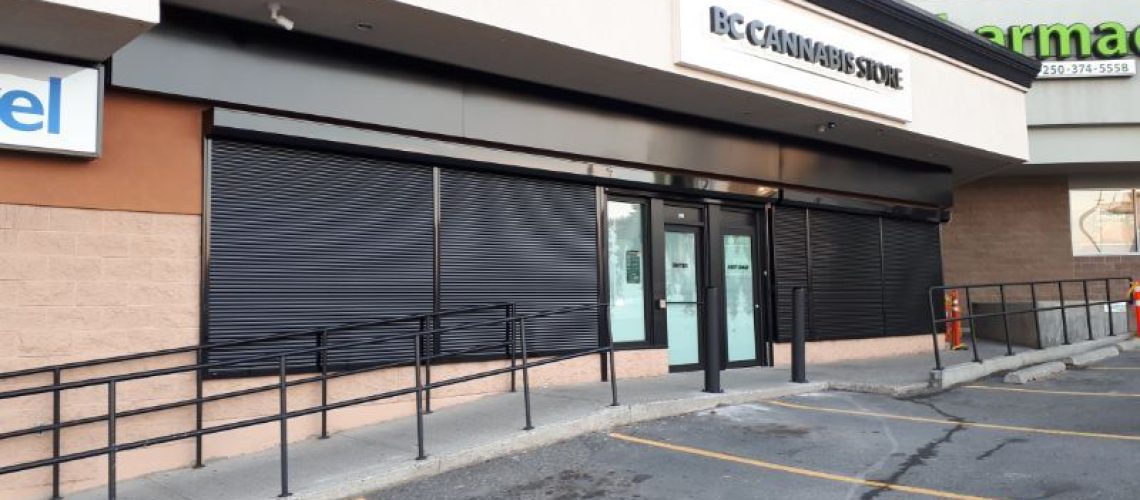A well-engineered commercial roll-up security shutter offers more than just a physical barrier; when done right, it becomes an investment in reputation, protection, and peace of mind.
The real threats storefronts face
Key design & security features that matter
Best practices for choosing and installing roll-up shutters
Maintenance tips to keep protection strong

Why Your Storefront Needs Protection After Hours
1. Glass vulnerability & forced entry risk
Many break-ins begin with shattering glass or prying doors. A solid shutter provides a second line of defense that significantly raises the time, effort, and noise required to gain access.
2. Vandalism, graffiti & property damage
Even if burglars don’t gain entry, smash-and-grab or graffiti attacks can inflict costly damage. With shutters closed, your windows and signage stay protected from spray paint, projectile damage, or smash attempts.
3. Weather and environmental hazards
Storms, windborne debris, hail, or flying objects during extreme weather conditions pose a threat to glass facades. A sturdy shutter shields against those elements when closed.
4. Psychological deterrent & risk calculus
Thieves tend to pick easier targets. The visible presence of a heavy-duty shutter signals that your store won’t be quick to breach — they might look elsewhere.
Features That Separate Good from Great Commercial Shutters
| Feature | Why It Matters | Design Tips / Spec Notes |
|---|---|---|
| High-strength materials & profile | To resist prying, bending, or impact | Use thick-walled aluminum or steel profiles; resin-core or reinforced profiles where applicable. |
| Robust guide rails & locking systems | To prevent forced lifting or prying | Anti-pry design rails (e.g. “SAFE-40” style), side locks, bottom latches, and tamper-resistant fasteners. |
| Secure motor & override design | To prevent motor shaft tampering | Use motors with protected gearing, tamper-shields, and backup manual operation in case of power failure. |
| Perforated or mesh options (if visibility required) | For daytime display security | Some shutter styles allow perforations so passersby can see in, but still maintain security. |
| Weather sealing & drainage | To protect contents from rain, dust | Ensure guides have seals, bottom edges have drip guards, and proper drainage in housing boxes. |
| Smart integration / alarm link | To detect tampering or forced entry | Consider linking shutters to alarm systems or sensors that trigger when the shutter is stressed. |
| Finish & aesthetics | You want protection that doesn’t reduce curb appeal | Powder coatings, custom colors, or perforated latches that match branding. |

Steps to Choose and Implement the Right Shutter System
1. Conduct a security risk assessment
Evaluate crime rates in your area, incidences of break-ins or vandalism in similar businesses, and your store’s hours of exposure.
2. Define core protection priorities
Decide whether deterrence, forced access resistance, weather protection, or visibility is your highest need — often you’ll want a balance.
3. Work with a certified supplier / installer
Use a vendor that can supply both robust engineering and quality installation (ensuring guides, fasteners, housing, motors are properly integrated).
4. Check for compliance and certification
If your jurisdiction has building codes, fire codes, or security standards (e.g. curtain strength, wind load ratings), make sure the shutter meets them.
5. Plan for power outage fallback
Electric shutters must include a manual override or battery backup so access/exit is never blocked (especially for safety/fire exit compliance).
6. Implement monitoring & maintenance
Include sensors or interlocks that alert you to tampering, and schedule regular maintenance (lubrication, alignment, damage checks).
Case Example / Use Scenario
Imagine a boutique retailer in an urban strip. At night, the store faces risks of smash-and-grab attacks or graffiti tagging.
They choose an aluminum roll-up shutter with reinforced slats, tamper-proof bottom locks, and an integrated alarm sensor in the guide rails.
During a vandalism attempt, a would-be attacker spends extra time trying to breach — the noise and delay alert passersby and the nearby security system triggers.
When a severe storm hits, the shutter protects the glass and internal merchandise from shattered glass or wind-blown debris.
Over time, the owner reports zero entry attempts succeeding, lower repair costs from glass damage, and improved peace of mind.

Understands security-grade shutter engineering
Provides on-site assessment and certified installation
Offers after-installation maintenance and warranty

